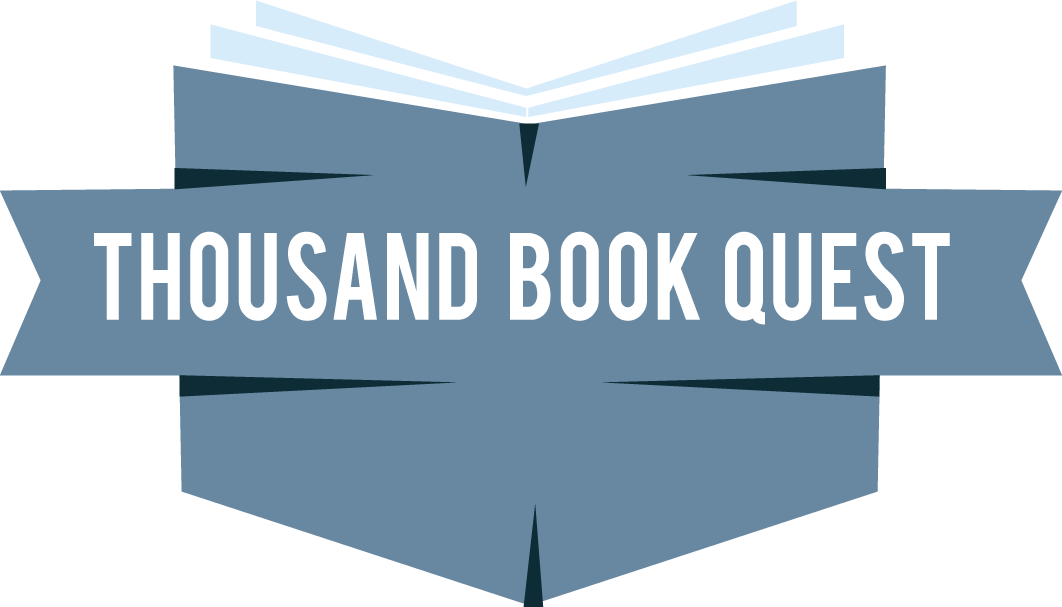293. The Nature Fix: Why Nature Makes Us Happier, Healthier, and More Creative
Rating: ☆☆☆
Recommended by: Alli Angulo
Author: Florence Williams
Genre: Non Fiction, Science, Psychology, Health, Environment
304 pages, published October 20, 2005
Reading Format: Audio Book
Summary
In The Nature Fix, Florence Williams investigates the science behind nature’s positive effects on the brain. In her quest to discover the beneficial impact of nature, Williams’s research takes her to Korea, Finland, and California. She discovers that the natural world has incredible powers to improve health, promote reflection and innovation, and strengthen our relationships.
Quotes
“Annie Dillard once said, how we spend our days is how we spend our lives.”
“Here are some of the essential take-homes: we all need nearby nature: we benefit cognitively and psychologically from having trees, bodies of water, and green spaces just to look at; we should be smarter about landscaping our schools, hospitals, workplaces and neighborhoods so everyone gains. We need quick incursions to natural areas that engage our senses. Everyone needs access to clean, quiet and safe natural refuges in a city. Short exposures to nature can make us less aggressive, more creative, more civic minded and healthier overall. For warding off depression, lets go with the Finnish recommendation of five hours a month in nature, minimum. But as the poets, neuroscientists and river runners have shown us, we also at times need longer, deeper immersions into wild spaces to recover from severe distress, to imagine our futures and to be our best civilized selves.”
“We don’t experience natural environments enough to realize how restored they can make us feel, nor are we aware that studies also show they make us healthier, more creative, more empathetic and more apt to engage with the world and with each other. Nature, it turns out, is good for civilization.”
“We don’t experience natural environments enough to realize how restored they can make us feel, nor are we aware that studies also show they make us healthier, more creative, more empathetic and more apt to engage with the world and with each other. Nature, it turns out, is good for civilization.”
“Beginning in the early 1980s, Stephen and Rachel Kaplan at the University of Michigan noticed that psychological distress was often related to mental fatigue. They speculated that our constant daily treadmill of tasks was wearing out our frontal lobes.”
“people are happiest when they are well enmeshed in community and friendships, have their basic survival needs met, and keep their minds stimulated and engaged, often in the service of some sort of cause larger than themselves.”
“Among his dozens of influential studies are those showing that exercise causes new brain cells to grow, especially in areas related to memory, executive function and spatial perception. Before Kramer’s work, no one really believed physical activity could lead to such clear and important effects. Now people everywhere are routinely told that exercise is the single best way to prevent aging-related cognitive decline. Kramer’s studies helped change the way the profession”
“The difference in joy respondents felt in urban versus natural settings (especially coastal environments) was greater than the difference they experienced from being alone versus being with friends, and about the same as doing favored activities like singing and sports versus not doing those things. Yet, remarkably, the respondents, like me, were rarely caught outside. Ninety-three percent of the time, they were either indoors or in vehicles.”
“The idea of solvitur ambulando (in walking it will be solved) has been around since St. Augustine, but well before that Aristotle thought and taught while walking the open-air parapets of the Lyceum. It has long been believed that walking in restorative settings could lead not only to physical vigor but to mental clarity and even bursts of genius, inspiration (with its etymology in breathing) and overall sanity. As French academic Frederic Gros writes in A Philosophy of Walking, it’s simply “the best way to go more slowly than any other method that has ever been found.” Jefferson walked to clear his mind, while Thoreau and Nietzsche, like Aristotle, walked to think. “All truly great thoughts are conceived while walking,” wrote Nietzsche in Twilight of the Idols. And Rousseau wrote in Confessions, “I can only meditate when I am walking. When I stop, I cease to think; my mind only works with my legs.”
My Take
The Nature Fix confirmed something that I have long suspected to be true. There are significant psychic and physical benefits to spending time in nature and the absence of time in the great outdoors can have deleterious effects on human beings. And the more time spent outside, the better. Not groundbreaking, but a good reminder to spend time in nature every day.
